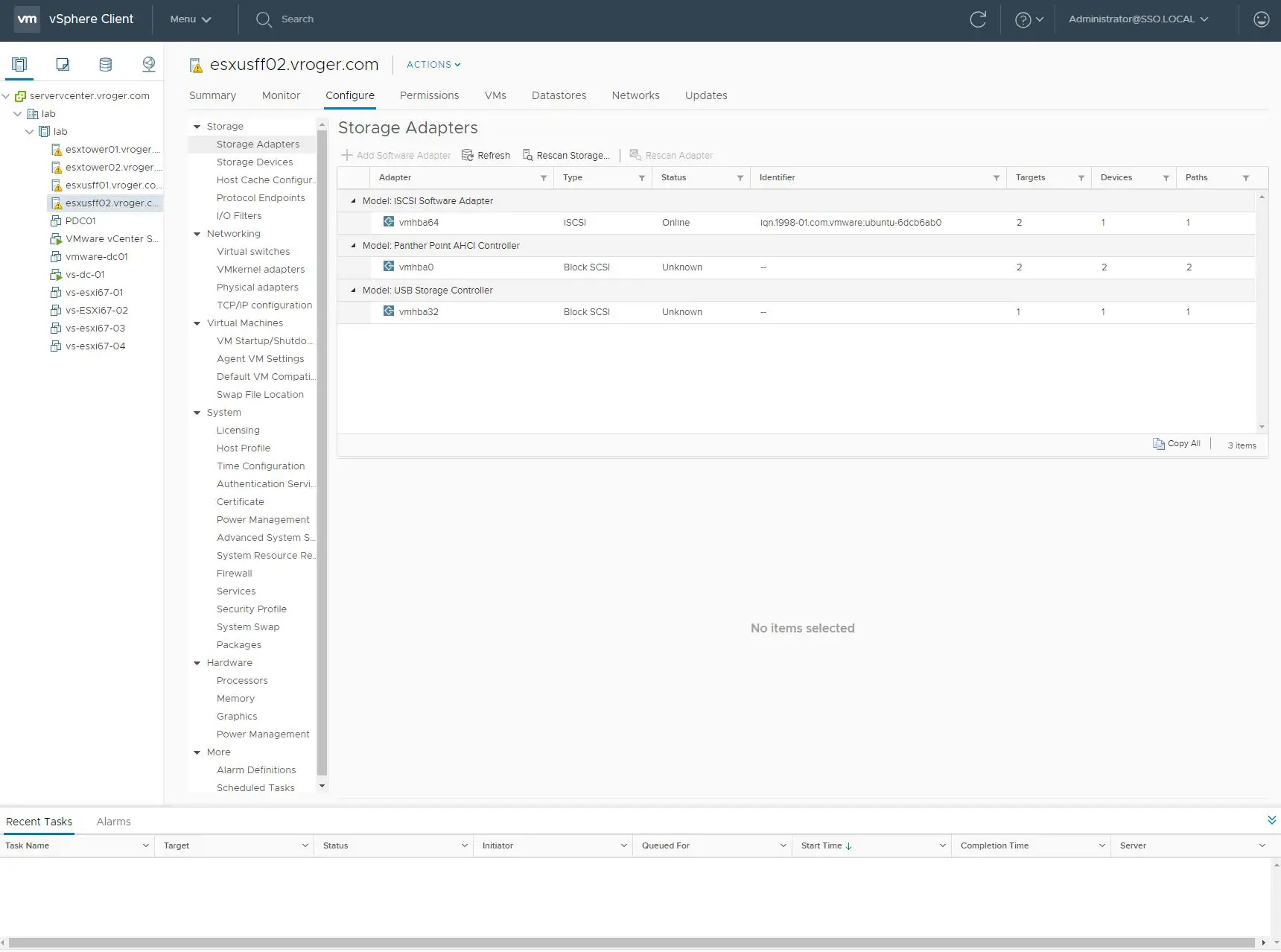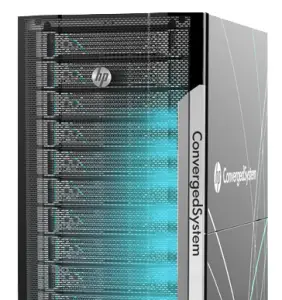ProLiant servers are getting some REST – a RESTful API. One of the innovations HP is showing off on the HP Discover showroom floor is a new RESTful interface packaged as part of the iLO management chips on ProLiant servers. With the RESTful API, HP hopes to deliver future generations of ProLiant that can be easily provisioned and controlled from tools like HP OneView. RESTful interfaces are becoming the go-to standard within HP for interoperability between their products.
HP RESTful API is a management interface can be used to perform configuration, inventory, and monitoring. The RESTful API is available on Gen8 and Gen9 hardware with iLO firmware 2.0 and greater. On Gen9 and future hardware, the interface will be able to configure both BIOS and iLO settings on the server. On Gen8 servers, the RESTful API will only expose the capabilities inside of the iLO.
According to HP, a REST client will send HTTPS operations to the iLO web server and there are three modes that can be used – command line interface, file based and JSON-formatted data. The use of HTTPS is a big security plus versus many other remote management interfaces that are often
The folks at HP are working with other vendors in the market to establish a standard that they call the Redfish Specification. Redfish is supposed to create a standardized interface for IP Management Interfaces on servers to allow uniform control and reporting across multi-vendor server environments. The standardization should allow the same management software to be able to manage heterogeneous servers. Redfish is corporately sponsored by Dell, Intel, HP and Emerson.
For more information, see http://www.hp.com/go/restfulapi.
Disclaimer: HP invited and paid for my trip to attend HP Discover EMEA. The views and opinions I’ve written were not dictated or approved by HP and are my own.

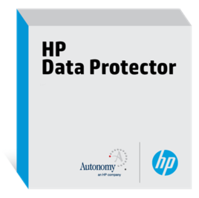 Without backup software to actually use Federated Catalyst, the technology itself doesn’t do much good, so my first question is when would Data Protector support Federated Catalyst. The good news is that Data Protector 8 and 9 will both support Federated Catalyst when it becomes generally available with the new 3.11 StoreOnce firmware.
Without backup software to actually use Federated Catalyst, the technology itself doesn’t do much good, so my first question is when would Data Protector support Federated Catalyst. The good news is that Data Protector 8 and 9 will both support Federated Catalyst when it becomes generally available with the new 3.11 StoreOnce firmware.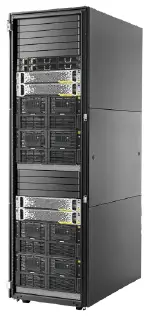 This week at HP Discover, HP announced a new Federated Catalyst feature for the StoreOnce family of disk to disk backup arrays. The new capability will allow backup administrators to make large Catalyst stores on a StoreOnce and allow for data to be striped across all the back-end service sets in the array. Federated Catalyst is available immediately on the StoreOnce B6500 line and will be coming in a few weeks to the StoreOnce B6200 line.
This week at HP Discover, HP announced a new Federated Catalyst feature for the StoreOnce family of disk to disk backup arrays. The new capability will allow backup administrators to make large Catalyst stores on a StoreOnce and allow for data to be striped across all the back-end service sets in the array. Federated Catalyst is available immediately on the StoreOnce B6500 line and will be coming in a few weeks to the StoreOnce B6200 line.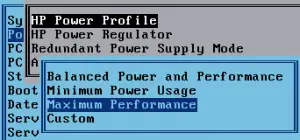 I checked this on my HP ProLiant blade servers and they were set to the default “Balanced Power and Performance.” The label doesn’t sound all that bad, but on further searching, this setting enabled the dynamic power management within a server. With this enabled, the CPU’s seemed to be powering down and taking additional time to power up when demand from vSphere increases.
I checked this on my HP ProLiant blade servers and they were set to the default “Balanced Power and Performance.” The label doesn’t sound all that bad, but on further searching, this setting enabled the dynamic power management within a server. With this enabled, the CPU’s seemed to be powering down and taking additional time to power up when demand from vSphere increases.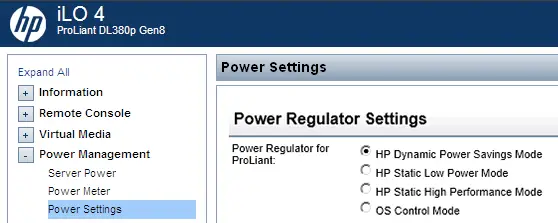
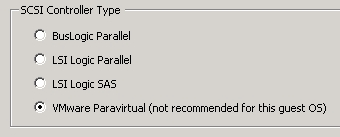 VMware unanimously makes the recommendation to the the Paravirtualized SCSI adapters within guest OSes when running business critical apps on vSphere in all the courses linked above. Paravirtualized SCSI adapters are higher performance disk controllers that allow for better throughput and lower CPU utilization in guest OSes according to
VMware unanimously makes the recommendation to the the Paravirtualized SCSI adapters within guest OSes when running business critical apps on vSphere in all the courses linked above. Paravirtualized SCSI adapters are higher performance disk controllers that allow for better throughput and lower CPU utilization in guest OSes according to 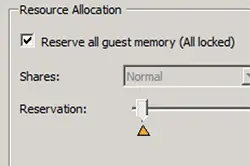 VMware recommends reserving the entire memory allotment for virtual machines running business critical apps. This ensure no contention where high performance applications are concerned. vSphere 5 and higher with virtual hardware version 8 or higher has a checkbox that allows for reserving the entire allotment of vRAM, even as allocations change.
VMware recommends reserving the entire memory allotment for virtual machines running business critical apps. This ensure no contention where high performance applications are concerned. vSphere 5 and higher with virtual hardware version 8 or higher has a checkbox that allows for reserving the entire allotment of vRAM, even as allocations change.